Data Vis Dispatch, January 14: Fire, congestion, and Greenland
January 14th, 2025
11 min
This article is brought to you by Datawrapper, a data visualization tool for creating charts, maps, and tables. Learn more.
The best of last week’s big and small data visualizations
Welcome back to the 46th edition of Data Vis Dispatch! Every week, we’ll be publishing a collection of the best small and large data visualizations we find, especially from news organizations — to celebrate data journalism, data visualization, simple charts, elaborate maps, and their creators.
Recurring topics this week include supply chain problems, the war in Ukraine, and student loan debt in the United States.
Last week’s milestone of one million U.S. COVID deaths was hard to grasp on every level. These projects tried to put the number in personal and historical context:
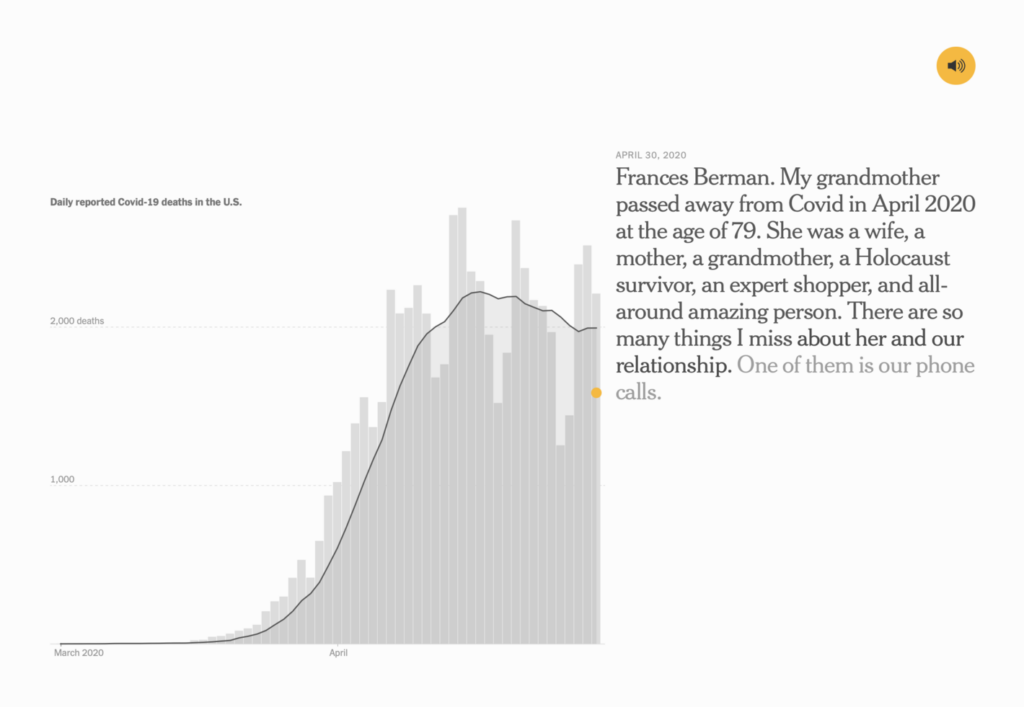
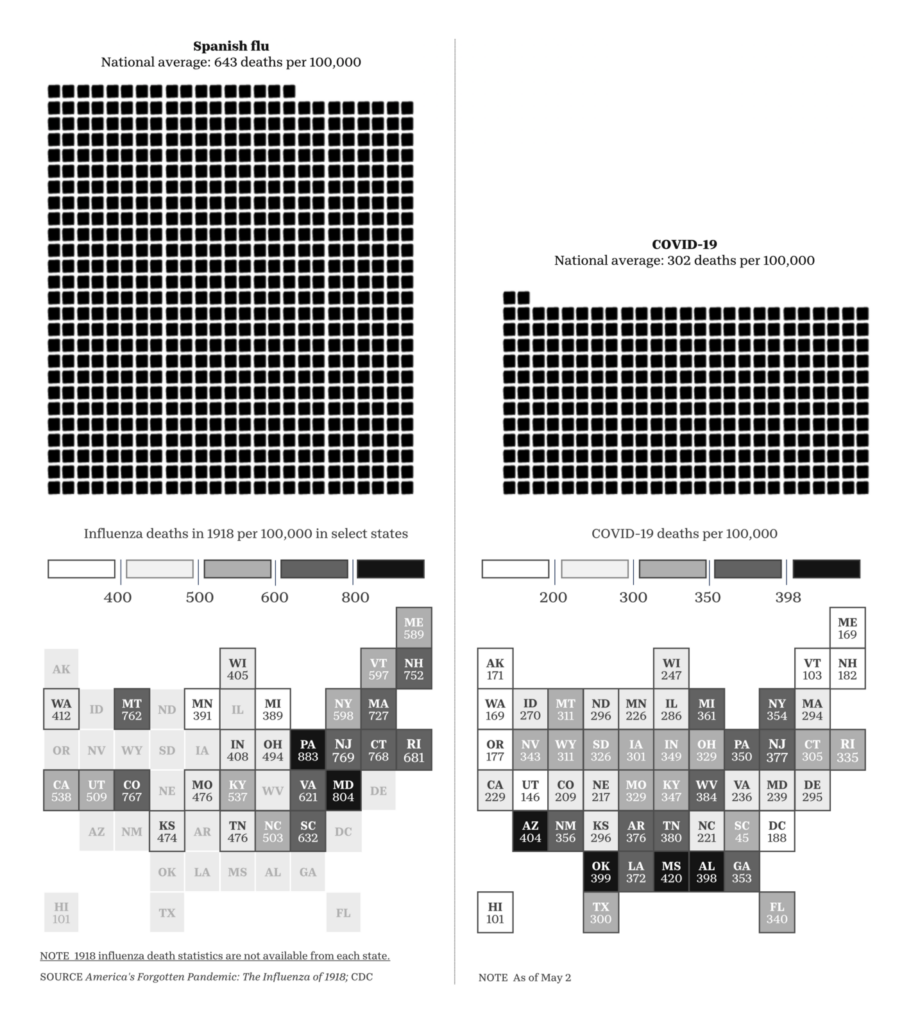
Other visualizations looked at the lasting economic effects of the pandemic:
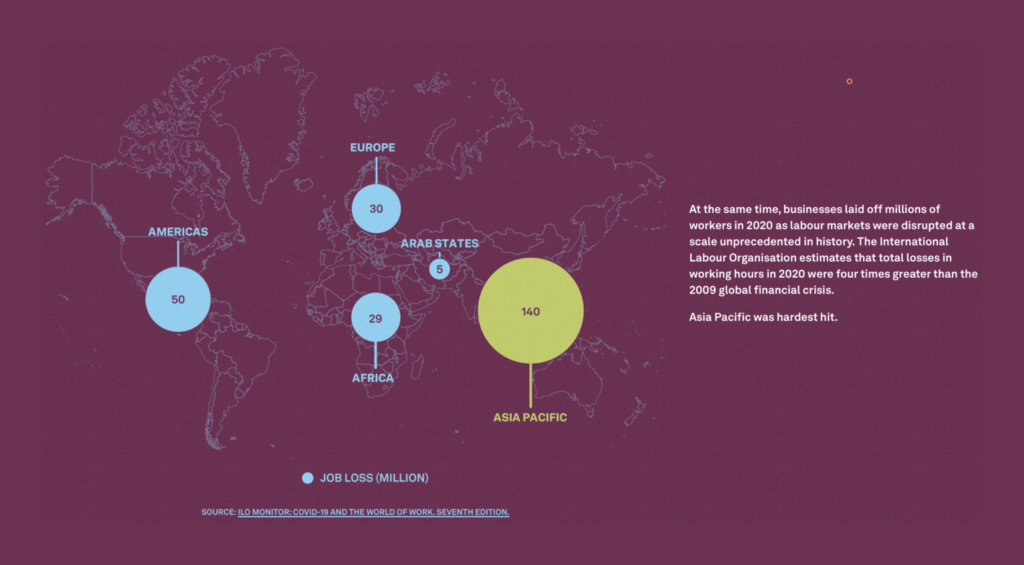

In Ukraine, the Russian army has been forced again and again to scale back its military objectives:



But Russia has won brutal victories too, as in Mariupol, where the last Ukrainian troops surrendered this week:


Evidence of war crimes by Russian troops continues to accumulate:


Other countries have responded with unprecedented aid to Ukraine — and by rethinking their own security:

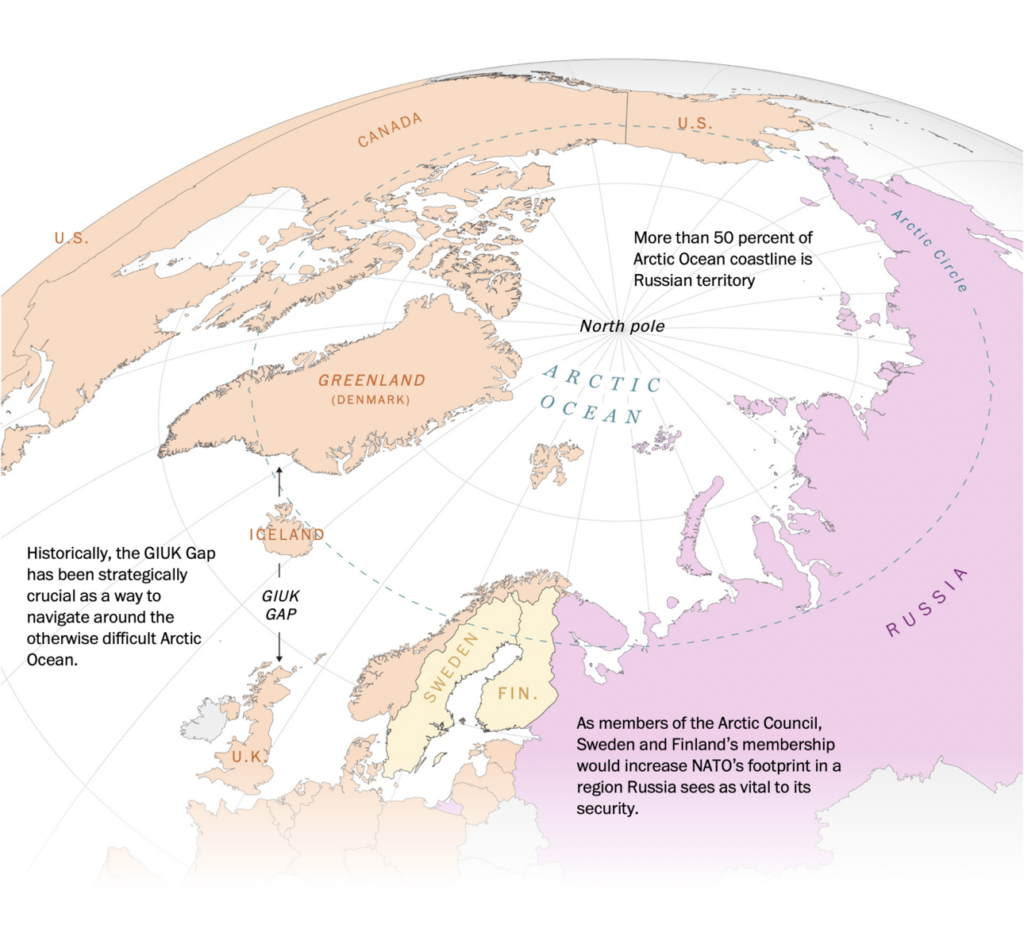
Russia is finding ways to keep energy exports flowing despite sanctions:

But without access to the sea, Ukraine is struggling with its own supply lines:

Combined with crop-killing heat in India, that means grain prices are likely to stay high:


In fact, lots of visualizations this week focused on problems in the supply chain:

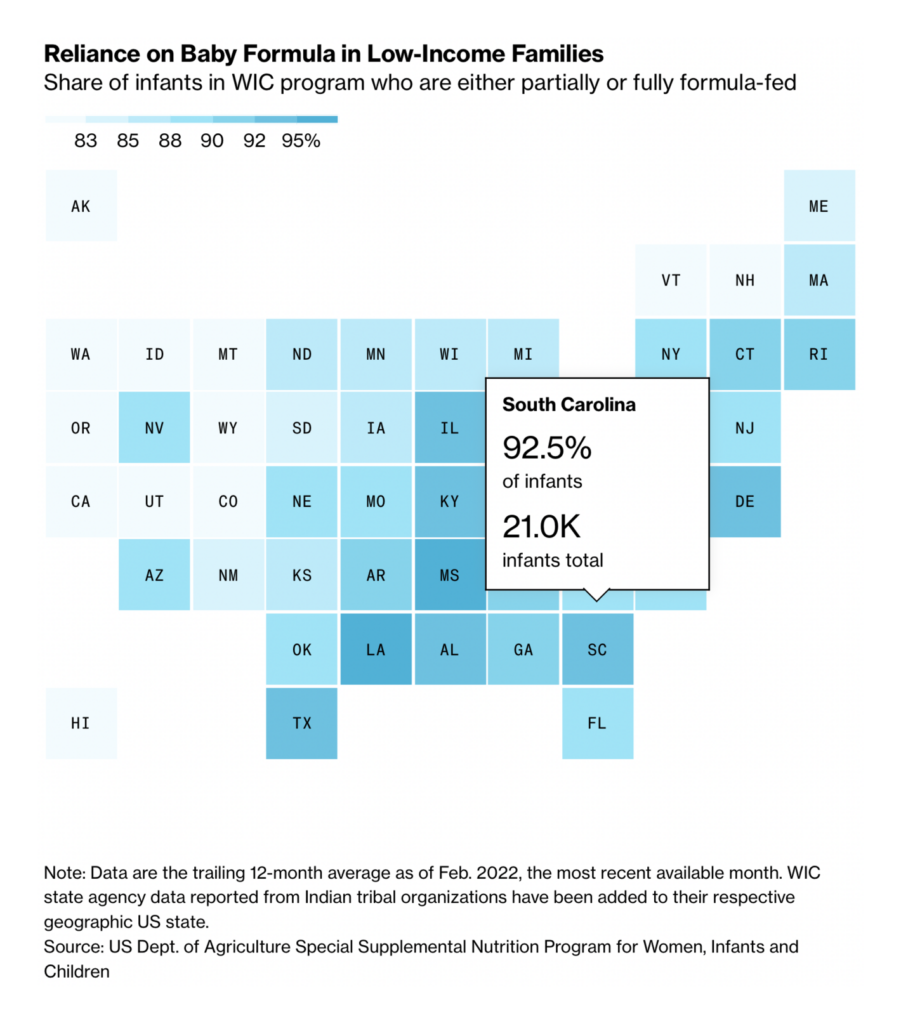

As well as other cost-of-living issues like student debt and housing:



Other economic charts covered stocks and cryptocurrency:


In politics, we saw visualizations on white supremacist demonstrations in the U.S. and the election map of Australia:

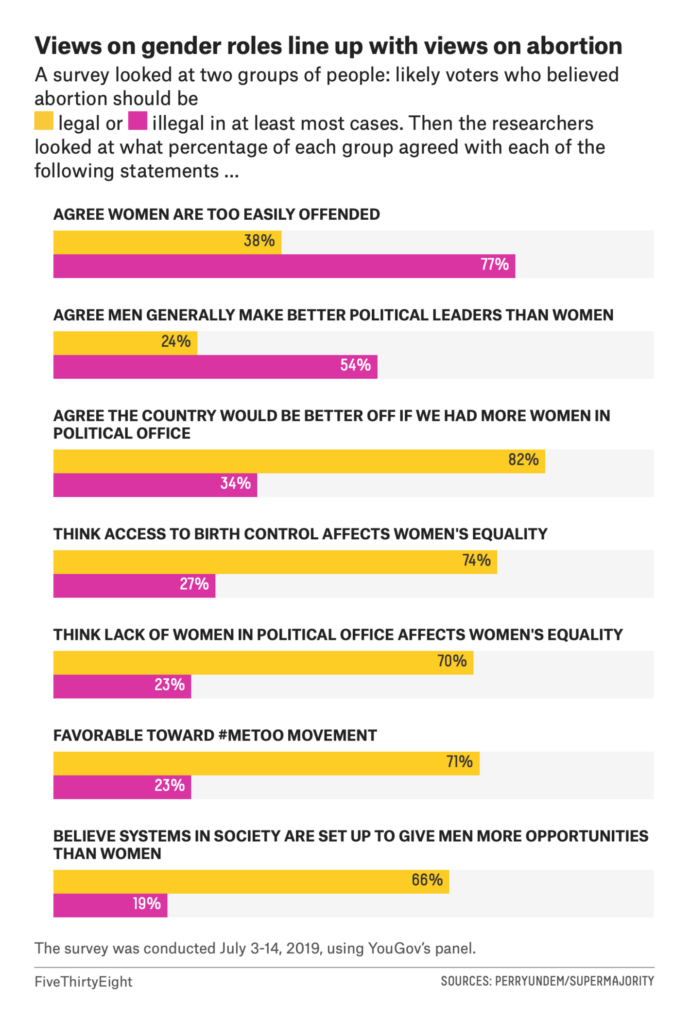

Two interactive tools let us explore data on taxes in Switzerland and infrastructure spending in the U.S.:


Maps on environmental issues included the Amazon as a net carbon emitter and a record-breaking wildfire in New Mexico:
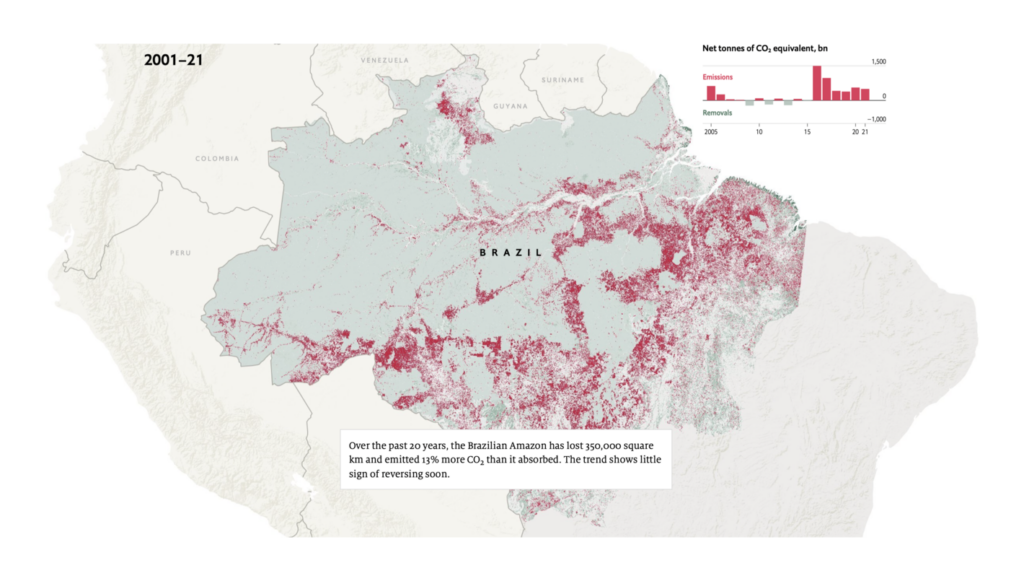


Other visualizations looked at traditional Pacific navigation and public mental health issues:



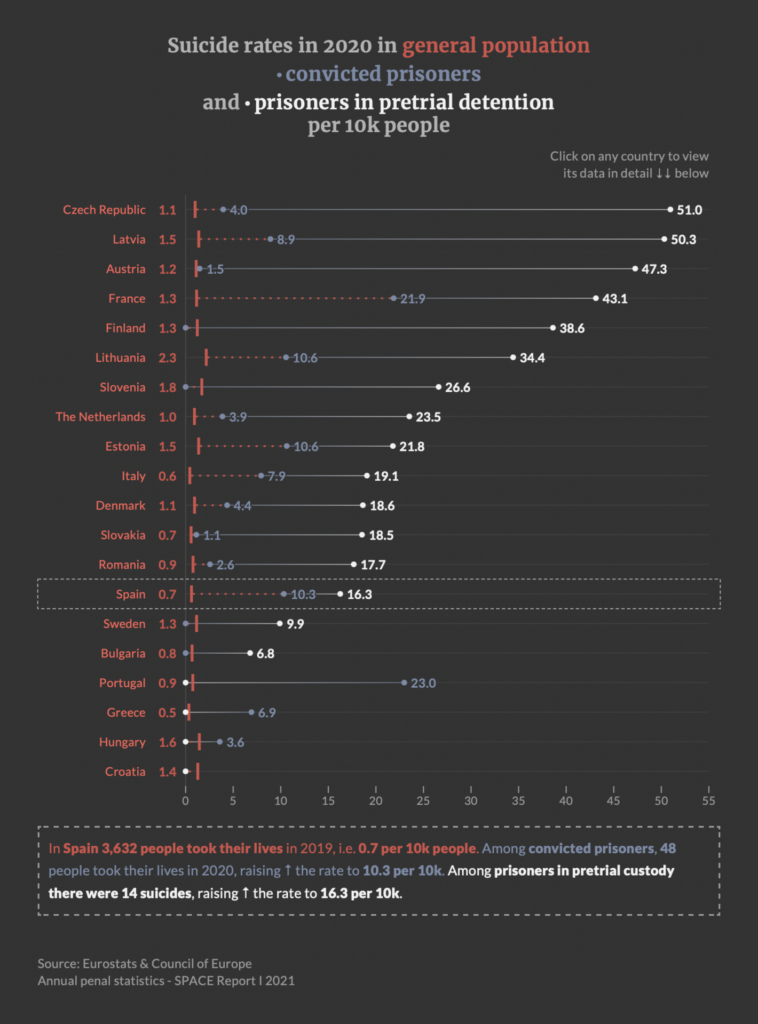





Applications are open for…
Help us make this dispatch better! We’d love to hear which newsletters, blogs, or social media accounts we need to follow to learn about interesting projects, especially from less-covered parts of the world (Asia, South America, Africa). Write us at hello@datawrapper.de or leave a comment below.
Want the Dispatch in your inbox every Tuesday? Sign up for our Blog Update newsletter!
Comments